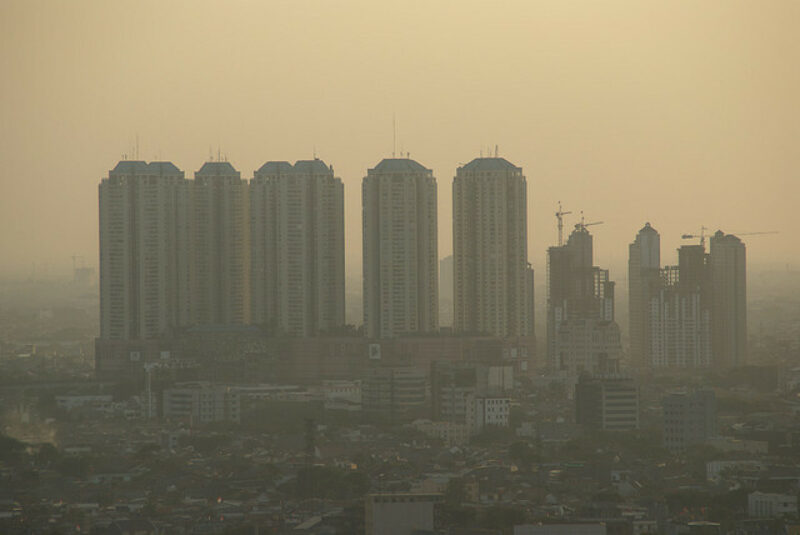Indonesia’s climate plans lack transparency and credibility
Share

The Indonesian Government’s climate plans and analysis submitted to the UN last month are suffering from a “profound” lack of detail and credibility around both its emissions projections for deforestation, and its plans to slow emissions growth, the Climate Action Tracker said today.
Indonesia, in its Intended Nationally Determined Contribution (INDC), has a unilateral target to reduce GHG including LULUCF emissions by 29% below BAU by 2030 (440% above 1990 levels) and by 41% with international financial support.
However, with no detail as to how the Indonesian Government intends to divide its climate action between reducing deforestation (deforestation and peatland destruction have accounted for 60% of Indonesia’s emissions on average over the last decade), and emissions from energy, agriculture and mining, as well as high uncertainty around emission projections for the land use sector, the CAT has rated the INDC “inadequate”.
The CAT questions the Indonesian government’s Business as Usual (BAU) emissions projection for the future. Independent studies based on satellite data that show a consistent 20% annual rise in deforestation since 2001. This rise has continued, despite a temporary government prohibition on the clearing of primary forest and the conversion of peatlands between 2010 and 2016.
Under the Indonesian BAU, emissions from forestry appear to remain stable right through until 2030, with emissions from other sources growing. But the CAT calculations show emissions from forestry and other land use could be twice as high in 2030, if the trends in deforestation observed in recent years continue.
“Something is wrong here. We do not understand how the Indonesian Government arrives at its recent emission trends, as forest clearance and peatland destruction appears to be continuing unabated, even under a so-called prohibition on these activities,” said Niklas Höhne of NewClimate Institute.
“Separate targets for energy-related emissions and forestry emissions would be much clearer. Mixing both means blurring one with the other.”
He added that new figures showed emissions from Indonesia’s forest fires could be as high as 1GtCO2e in 2015.
“The Indonesian Government does not clarify to what extent emissions from fires beyond peat are included in their projections or INDC. However, 1GtCO2e is already higher than estimates for total emissions from the land use sector in Indonesia’s national data for 2015.”
While Indonesia’s renewable energy target was encouraging, increasing renewables to 23% of primary energy by 2025 from 6% today, at the same time the government plans to add another 35 GW of electricity production to the national grid by 2019, with more than half (20 GW) expected to be from new coal-fired plants.
“Locking in a massive 20 gigawatts of coal-fired electricity over the next five years will bind Indonesia to a carbon-intensive future for decades to come. This is the antithesis to the kind of decarbonised world we need to hold warming below 2 degrees,” said Bill Hare of Climate Analytics.
“Indonesia is extremely vulnerable to the impacts of climate change, and, as the world’s ninth largest emitter, has a responsibility to its own people, and the world, to at least be transparent about its emissions,” said Kornelis Blok from Ecofys.
Read the full analysis for more detail.











